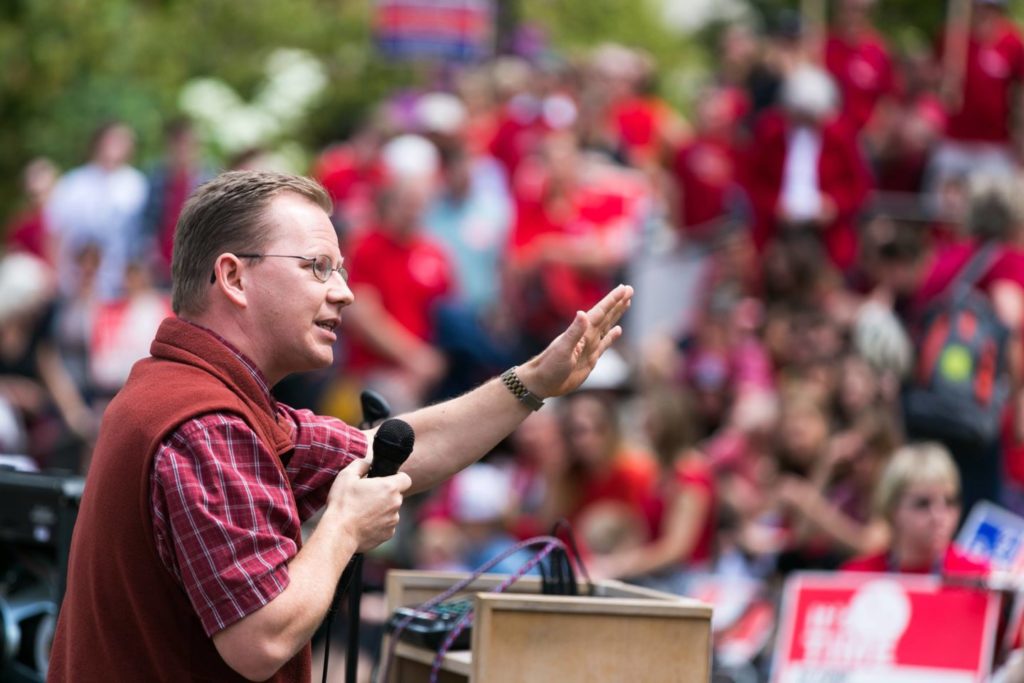Washington schools superintendent wants $100M to expand dual credit programs
(The Center Square) – Washington State Superintendent of Public Instruction Chris Reykdal said on Wednesday afternoon that his office is proposing a $100 million ask of the state Legislature next…

(The Center Square) – Washington State Superintendent of Public Instruction Chris Reykdal said on Wednesday afternoon that his office is proposing a $100 million ask of the state Legislature next year to eliminate certain costs to expand access to dual credit opportunities for public school students.
The request in the 2023-25 biennium would go to supporting a comprehensive approach to ensuring equitable access to programs that allow students to earn high school and college credit simultaneously. Students who earn college credit are more likely to graduate high school, enroll in college, and complete a college degree.
The proposal would remove out-of-pocket costs charged to students and their families for college in high school, including the following programs: Running Start, Advanced Placement, International Baccalaureate, and Cambridge International.
In addition, the program would provide funding to support participation in Career and Technical Education Dual Credit programs and attainment of state-approved industry recognized credentials.
“These opportunities, these investments, that we want the Legislature to make will address college and high school fees,” Reykdal said during a press conference. “Today students are paying nearly $70 [a credit] out of pocket. That’s $350 a class, so you can imagine if a student was trying to be a full-time college and high school student. That’s a $3,000 cost out of pocket, and obviously it suppresses demand for this program and reduces opportunity.”
The program is meant to reduce the barrier of cost to access dual credit programs.
In 2020-21, there was a 14.5% gap in dual credit participation between students from low-income families and their peers from middle- to higher-income families, Reykdal pointed out.
He went on to note “our entire public policy objective ought to be how do we get in rooms and think about shrinking the time to degree for students by loading them up with college-level coursework or industry credentials while they are in high school and we are already paying for that seat time.”
Doing so could benefit taxpayers’ bottom line, he said.
“If we’re serious about that…and we’re efficient at it, it will mean less time is spent after high school paying rent, paying tuition, paying fees, paying for textbooks,” Reykdal said. “So on the back end of this is a more efficient system for the taxpayers, but very potentially a smaller footprint in terms of how much we spend in traditional post-secondary settings.”
The key to making that a reality, he said, is scaling up the program to generate more demand and more volume via eliminating additional costs to students and families, which in turn will generate more resources.
“This is our moment, Washington,” he said. “This is what we can do.”



